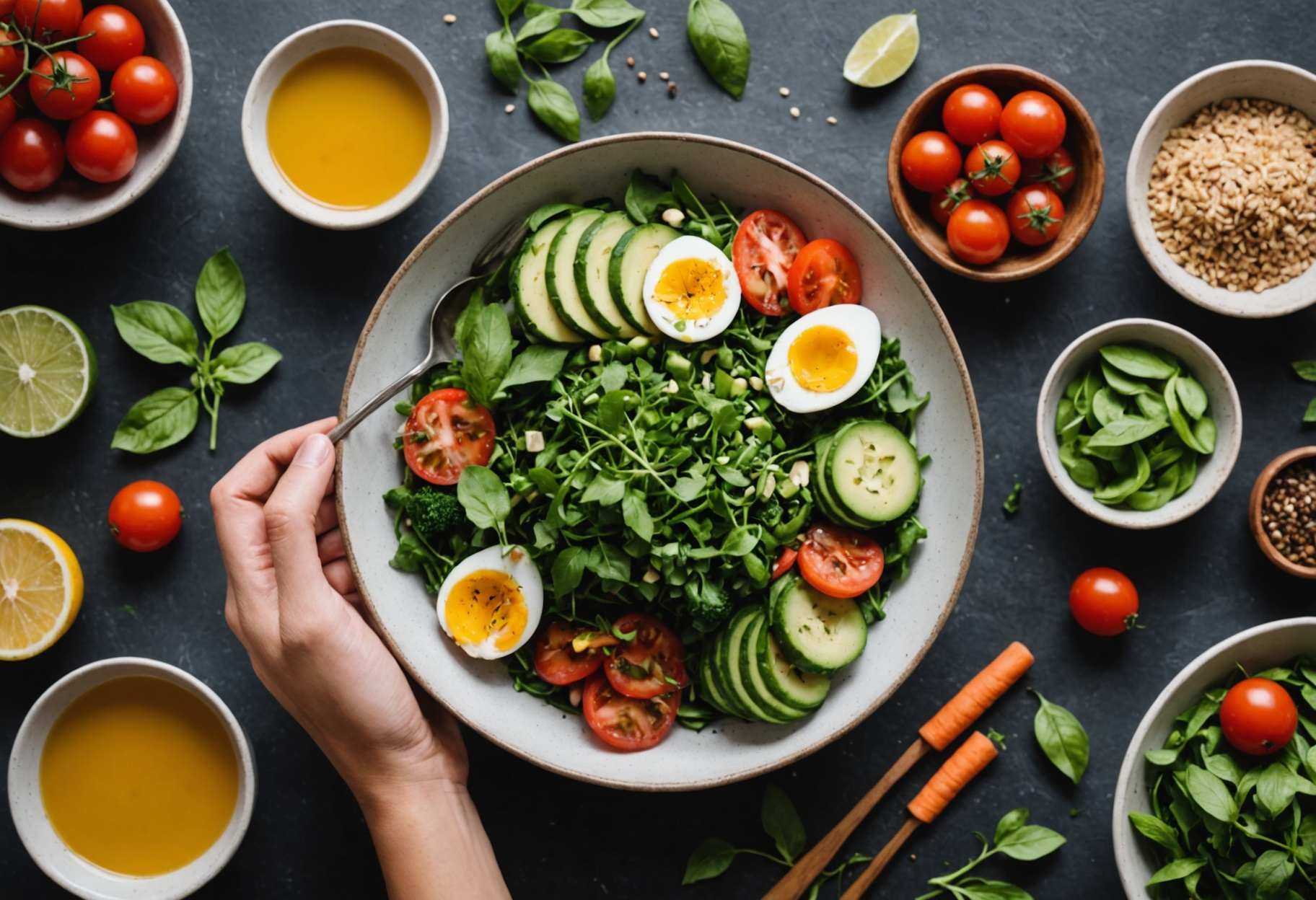Pick Your Favored sort of cooking
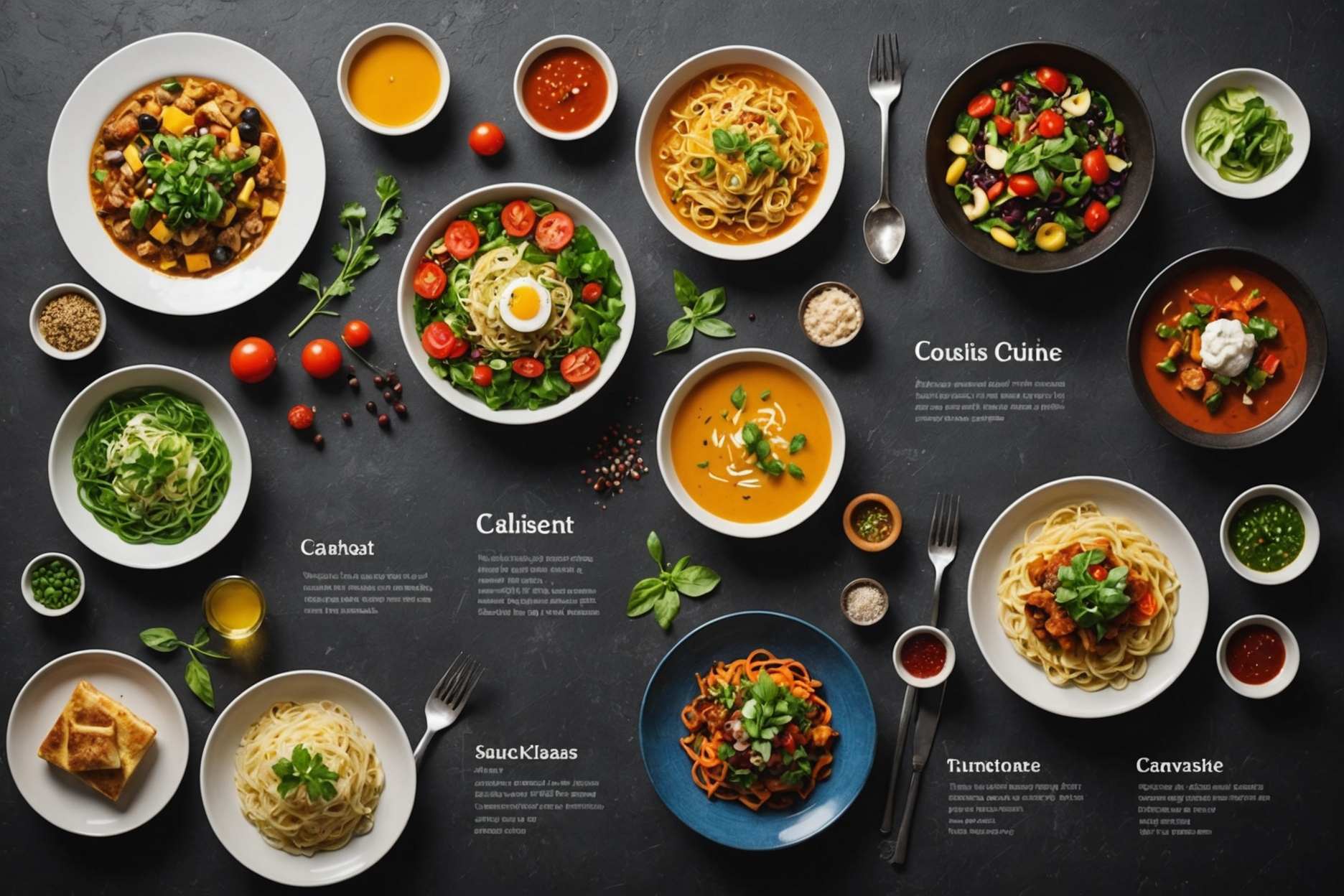
Choosing the suitable kind of food can incredibly hoist your eating experience, offering food as well as a pleasant investigation of different flavors and societies. Every food presents particular preferences, cooking procedures, and customs, pursuing the choice making process a connecting with experience. Whether you are leaned toward the rich, soothing dishes of Italian food, the dynamic and hot profiles of Indian passage, the fragile and new parts of Japanese dinners, or the generous and differed determinations of Mexican cooking, there is something to take special care of each and every sense of taste. Acquiring a comprehension of the qualities of every food improves your appreciation for the culinary imaginativeness and social importance they exemplify, guaranteeing a satisfying and extraordinary eating experience.
1
"Italian Cooking"
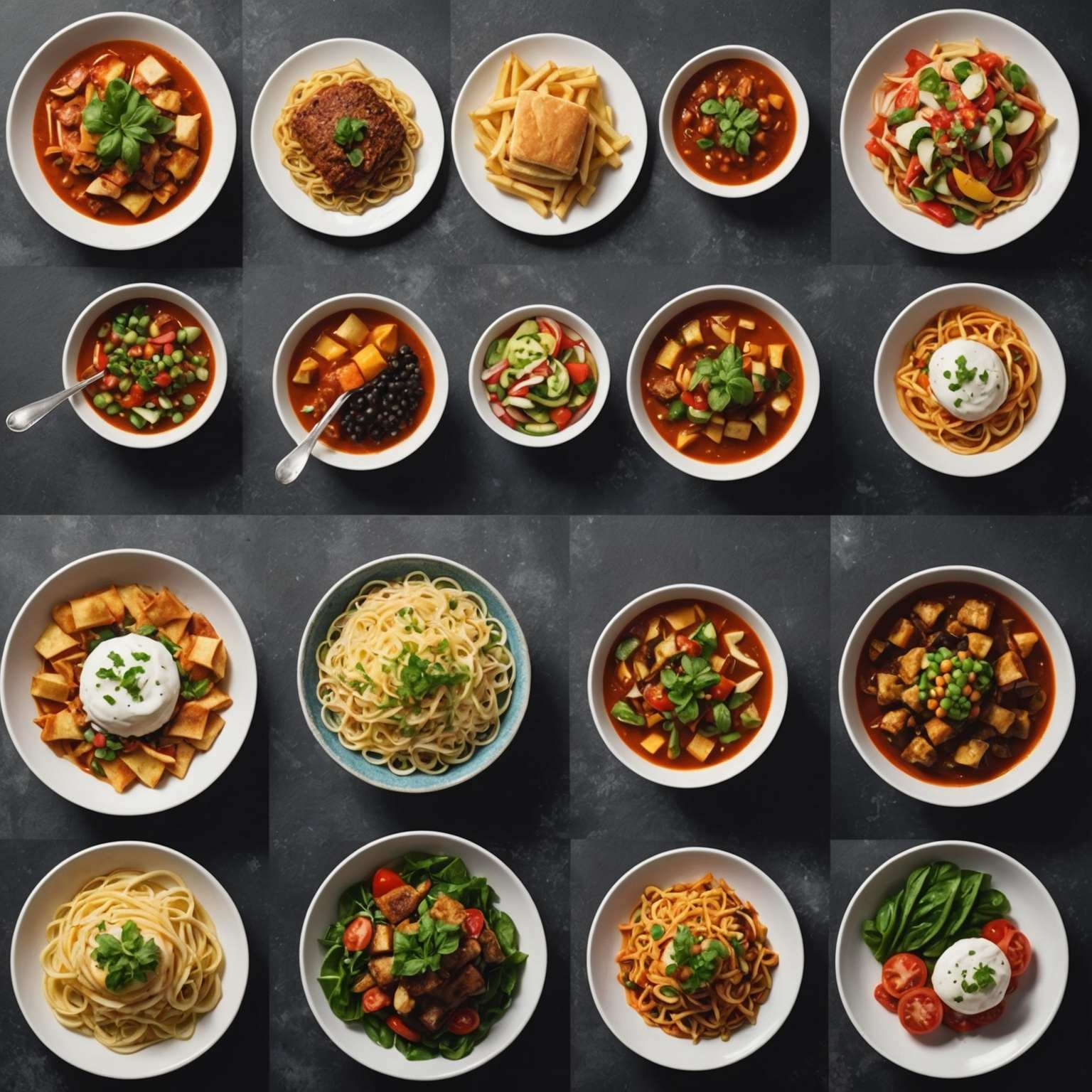
Italian cooking is commended for its emphasis on new, excellent fixings and direct planning methods that upgrade the food's normal flavors. Integral to Italian cooking are olive oil, garlic, tomatoes, and new spices, which make the establishment for the majority customary dishes. Culinary practices differ eminently across Italy; in the north, rich, velvety risottos and good polenta are common, while the south is known for its pasta, pizza, and fish. Signature dishes like spaghetti carbonara, lasagna, and risotto alla Milanese represent the extravagance and assortment of Italian gastronomy. Treats like tiramisu and cannoli offer a great finale to any dinner, mirroring the lavish idea of Italian desserts. Italian food rises above simple food; it underlines the delight of cooking and the joy of relishing each nibble, frequently delighted in close by a glass of fine wine.
Do you agree?
2
"Japanese Food"

Japanese cooking is commended for its accuracy, tasteful allure, and the use of new, occasional fixings. It focuses on agreement in both flavor and show, frequently coordinating parts of the common habitat into its culinary manifestations. Sushi and sashimi, maybe the most famous portrayals of Japanese food, exhibit the uncommon nature of fish, supplemented by skillfully prepared rice. Past sushi, Japanese food includes a different scope of dishes like tempura, ramen, and teriyaki, each fastidiously created to raise the intrinsic kinds of the fixings. The customary eating experience includes a grouping of little, exquisitely organized dishes, typifying the Japanese standard of equilibrium. Pastries like mochi and matcha-enhanced sugary treats offer an interesting and unpretentious pleasantness to adjust the dinner. Japanese cooking is a workmanship that stresses quality, show, and significant regard for the fixings, guaranteeing that each eating experience is both outwardly staggering and tasty.
Do you agree?
3
"Mexican Cooking"
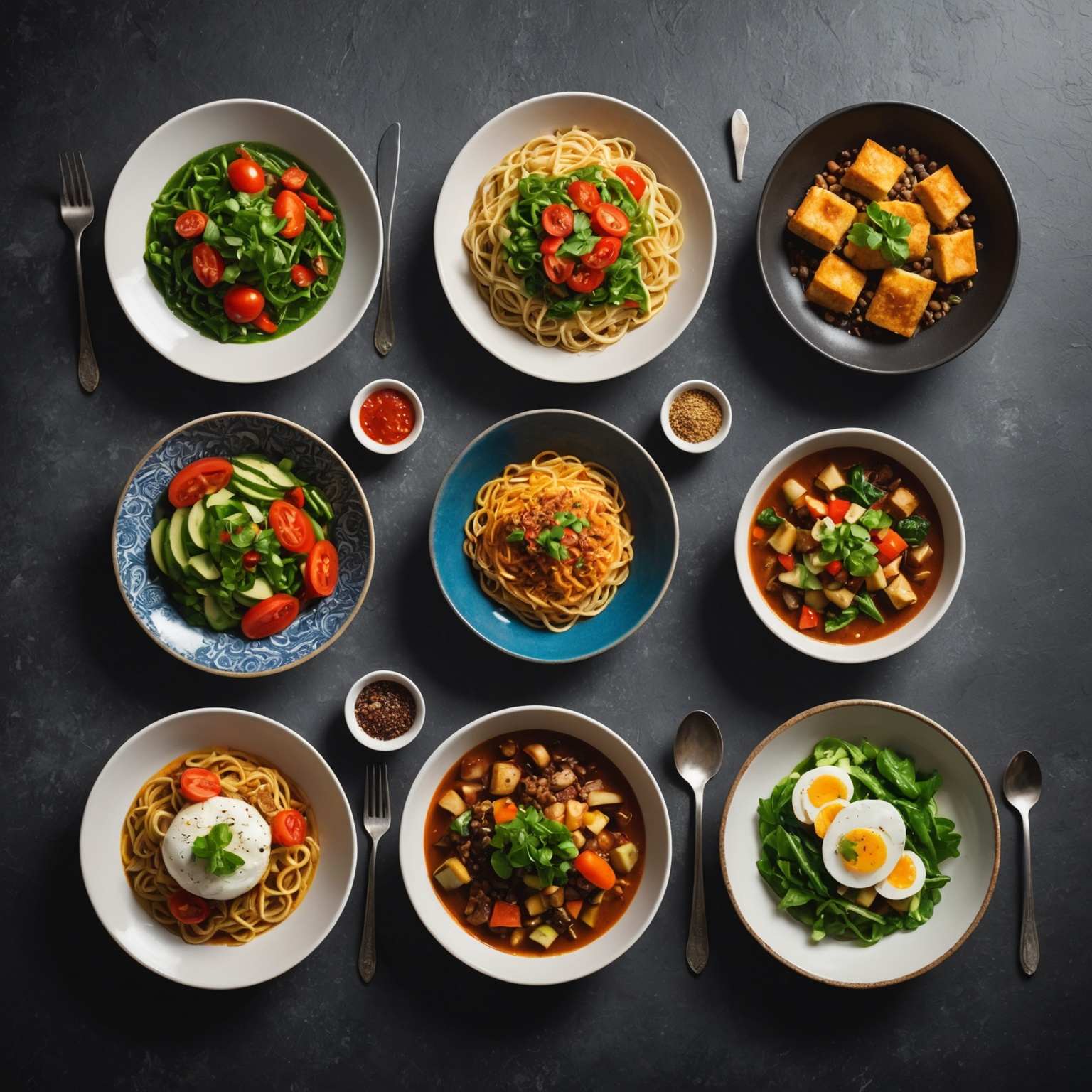
Mexican food is a lively and different culinary practice that includes a rich assortment of flavors, fixings, and cooking procedures. Eminent for its intense and fiery preferences, it regularly incorporates staples, for example, stew peppers, corn, beans, and avocados. Customary dishes, including tacos, enchiladas, and tamales, have acquired worldwide prevalence for their delightful and tasty characteristics. The food fluctuates provincially, with seaside regions underscoring new fish, while inland locales center around generous meats and stews. Fundamental parts, for example, salsas and sauces like mole and guacamole, contribute profundity and extravagance to the dishes. Furthermore, an expansive range of road food sources, like quesadillas and elotes, offers fast and delectable dinner choices. Treats, including churros and flan, give a wonderful determination to a feast. Mexican cooking typifies something other than food; it reflects social legacy, the festival of celebrations, and the mutual experience of imparting feasts to friends and family.
Do you agree?
4
"Indian Cooking"
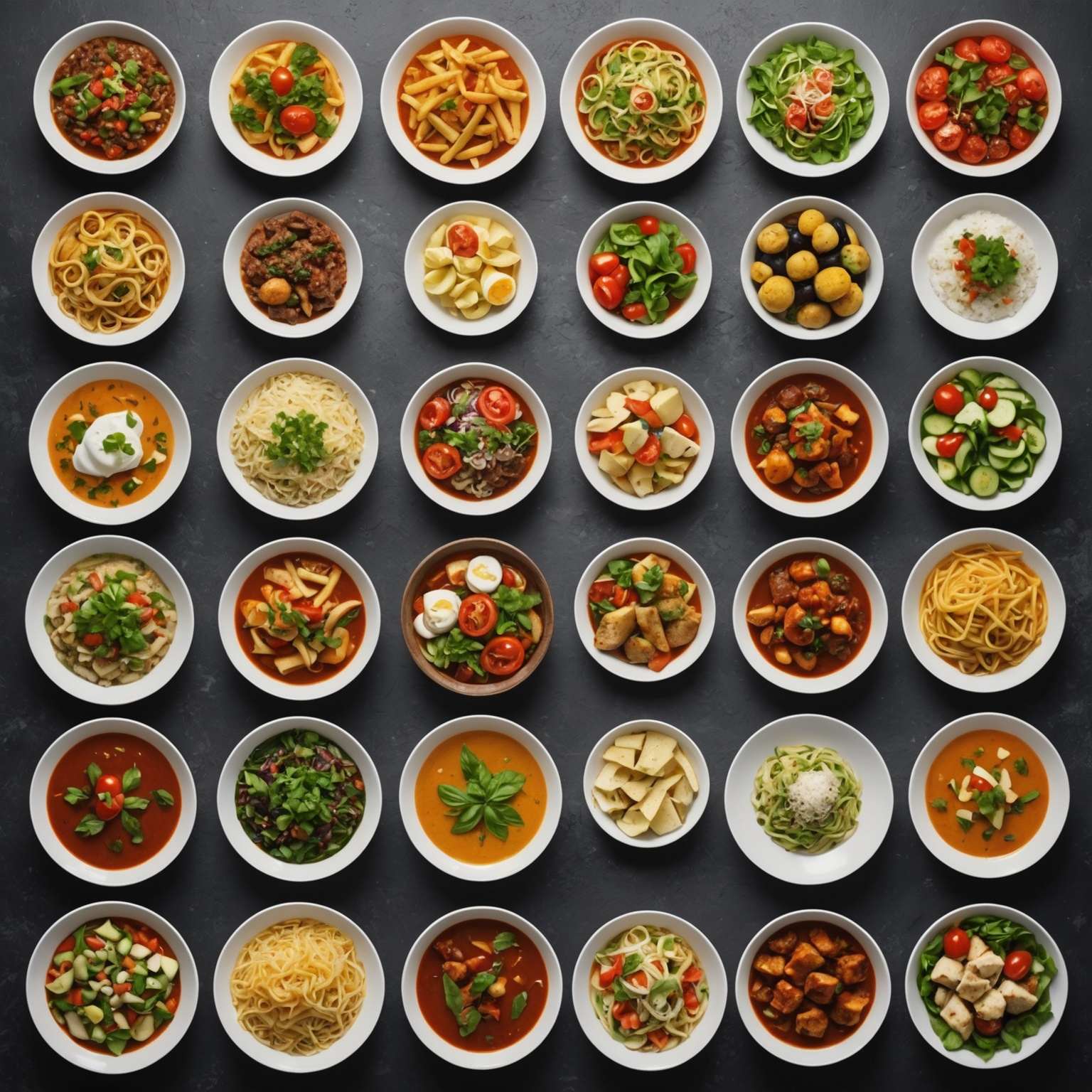
Indian cooking is eminent for its energetic flavors, sweet-smelling flavors, and different culinary practices that fluctuate across locales. Flavors like cumin, coriander, turmeric, and cardamom make the mind boggling and layered flavors normal for Indian dishes. Every locale in India features its own unmistakable cooking style and mark dishes. For instance, northern India is popular for rich, velvety curries and breads like naan and roti, while the south is known for its zesty, tart dinners frequently presented with rice or dosa. Notable dishes like spread chicken, biryani, and masala dosa are commended for their interesting preferences and the many-sided equilibrium of flavors. Vegan choices are abundant, mirroring the social and strict practices common in many pieces of the country. Treats like gulab jamun and jalebi are famous decisions that give a sweet end to any dinner. Indian food rises above simple food; it epitomizes a festival of culture, custom, and the delight of imparting dinners to loved ones.
Do you agree?
Share this article
 An Extended time of Careful Nurturing: Individual Bits of knowledge on Bringing up Kids
An Extended time of Careful Nurturing: Individual Bits of knowledge on Bringing up Kids Audits of 6 European Busssiness Class Flights
Audits of 6 European Busssiness Class Flights The Most Compelling Innovation Developments Somewhat recently
The Most Compelling Innovation Developments Somewhat recently In the background: Visiting Notable Film Areas All over the Planet
In the background: Visiting Notable Film Areas All over the Planet Find the Advantages of Careful Eating: Developing a Sound Connection with Food
Find the Advantages of Careful Eating: Developing a Sound Connection with Food Sound Maturing: Wellbeing Tips for Each Life Stage
Sound Maturing: Wellbeing Tips for Each Life Stage Figure out How to Augment Eco-friendliness in Your Volvo XC40
Figure out How to Augment Eco-friendliness in Your Volvo XC40 7 Odd Apparatuses to Make Your Party Stick Out!
7 Odd Apparatuses to Make Your Party Stick Out! Fascinating Fishing Objections From Around The World
Fascinating Fishing Objections From Around The World









